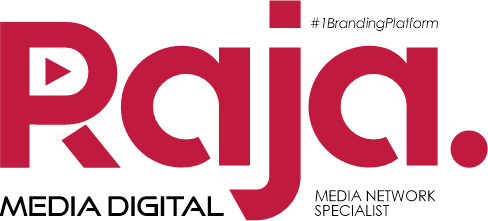Nashville – In a typical workweek, the average American adult spends more than eight hours per weekday — and over five hours on weekends — engaged in some form of work. These figures, from the U.S. Bureau of Labor Statistics’ 2024 American Time Use Survey, emphasize a simple yet profound reality: work dominates the adult waking experience.
That’s why culture matters more than ever.
Culture shapes the energy that flows through an organization. Done well, it can turn daily operations into purpose-driven execution. Done poorly, it drains teams, slows decision-making, and contributes to turnover that costs millions.
But culture is not intangible theory — it’s a lever. And in practice, it works.
Proven Case Studies in Cultural Transformation
At Bandag Incorporated, a global tire retreading firm, a culture transformation was initiated to create alignment across leadership and strategy. The momentum built over several years led not only to increased performance but made the company an attractive acquisition. When Bridgestone acquired Bandag, it wasn’t just buying product IP — it was acquiring a high-performance culture.
Bridgestone America, LLC, then embarked on its own culture transformation, applying the same foundational work: clarifying purpose, aligning strategy, and equipping leaders. In the years following the transformation, the company exceeded financial benchmarks across all global regions, more than quadrupling its returns.
The approach was later replicated at Barge Design Solutions, a U.S.-based engineering and architecture firm. Before the initiative, annual turnover ranged between 18–20%. After aligning the company’s culture with its operational model, turnover dropped to single digits — far below industry averages — saving the company over $1 million annually in retention costs alone. Over time, employee satisfaction soared, and profits increased sevenfold.
Quantifying Culture as Business Value
Organizations like McKinsey & Company reinforce this with data. Their Organizational Health Index shows that companies with strong cultural health deliver three times the total shareholder returns of those with poor internal alignment — regardless of industry.
The common thread? Culture as a strategic asset, not a branding exercise.
Culture Drives Retention, Resilience, and Returns
Culture influences decision-making, leadership development, communication flow, and adaptability. Organizations that treat culture as an operating system — rather than a side project — are more resilient, more innovative, and more profitable.
It’s not about feel-good slogans or weekly wellness emails. It’s about embedding shared values, building leadership alignment, and creating measurable systems to sustain the momentum.
At its best, a healthy culture energizes people and builds organizations where talent thrives and customers trust. That is good business — and it’s no longer optional.








